MONTHLY FIXED DEPOSIT RATE MOVEMENT SHRAWAN 2082
MONTHLY FIXED DEPOSIT RATE MOVEMENT SHRAWAN 2082
Macro Insights

Ideapreneur Nepal
Created on :
2025-08-06
Download our app for a smooth experience
Total Views:
142 views
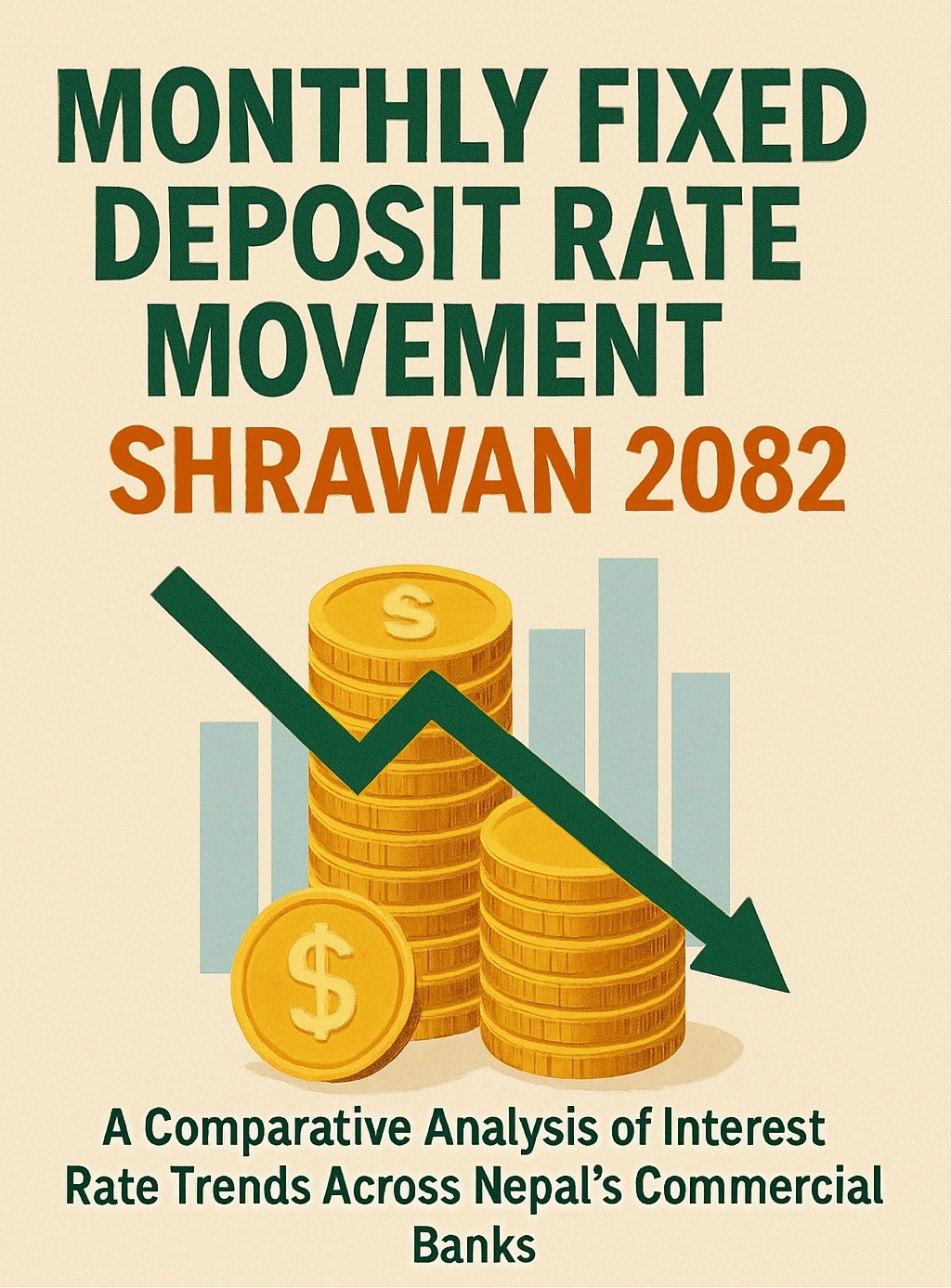
Executive Summary
This blog provides a comparison of Fixed Deposit (FD) interest rates for the months of Shrawan 2082 and Asar 2082. The interest rates are shown on an annual basis. It highlights the changes in the highest FD interest rates offered by 20 commercial banks. The comparison covers both individual and institutional depositors. Since Fixed Deposits are a popular form of investment, this blog aims to help investors make better and more informed decisions.
Introduction:
Among the 20 commercial banks, Standard Chartered Bank offers the highest Fixed Deposit interest rate 6.26% for individuals and 3.00% for institutions. Compared to Asar, the individual interest rate has increased by 0.16%, while the institutional rate has remained the same. On the other hand, Prabhu Bank Limited offers the lowest interest rates, with 4.25% for individuals and 3.25% for institutions. Compared to Asar, these rates have dropped significantly -by 30.33% for individuals and 35% for institutions.
Overall, the commercial banking sector saw a slight decline in average interest rates in both categories. The average individual rate fell by 0.20%, and the institutional rate dropped by 0.26%. This decline suggests that banks are being more cautious in their interest rate offerings.
Comparative interest rate analysis:
In Shrawan 2082, Standard Chartered Bank offered the highest fixed deposit interest rate for individual depositors at 6.26%, making it the top performer in that category. For institutional depositors, NIC Asia Bank and Everest Bank provided the most attractive rate of 6.25%. Among the banks that increased their rates, Himalayan Bank made the most significant adjustments, with a 9.09% rise for individual deposits and a notable 25.00% increase for institutional ones. Standard Chartered Bank also slightly raised its individual deposit rate by 0.16%, reflecting a mild upward revision.
On the other hand, several banks reduced their fixed deposit interest rates during this period. Prabhu Bank made the steepest cuts, lowering rates by 30.33% for individual depositors and 35.00% for institutional clients. Citizens Bank International also decreased its rates by 2.65% for individuals and 25.00% for institutions. Similarly, Sanima Bank, Prime Commercial Bank, and Nepal Investment Mega Bank reduced their rates across both categories, showing a broader downward trend. Meanwhile, some banks—namely NMB Bank, Global IME Bank, Machhapuchchhre Bank, and Siddhartha Bank—kept their interest rates unchanged during the review period.
Key observation:
Most of the banks have reduced their interest rates for both individual and institutional Fixed Deposits. The main reason behind this is Nepal Rastra Bank (NRB)’s decision to lower the deposit collection rate the lower bound of the interest rate corridor from 3% to 2.75%. This rate acts as a benchmark or minimum limit for how low banks can go when setting their FD interest rates. As a result, commercial banks were allowed to reduce their FD rates accordingly.
At the same time, Nepal is currently facing excess liquidity in its banking system. To manage this surplus, NRB has been regularly withdrawing funds from banks through open market operations. Nepal Rastra Bank (NRB) has withdrawn Rs. 60 arba from the banking system in response to the increasing levels of excess liquidity in banks and financial institutions. To manage this, the central bank will use a 63-day deposit collection instrument, a short-term tool designed for liquidity absorption.
Tags:
INTREST RATES
INTREST RATES
Leave a comment on this post
Comments
- -
Sunil
Karn Kshedal
Plese help me

Related Article
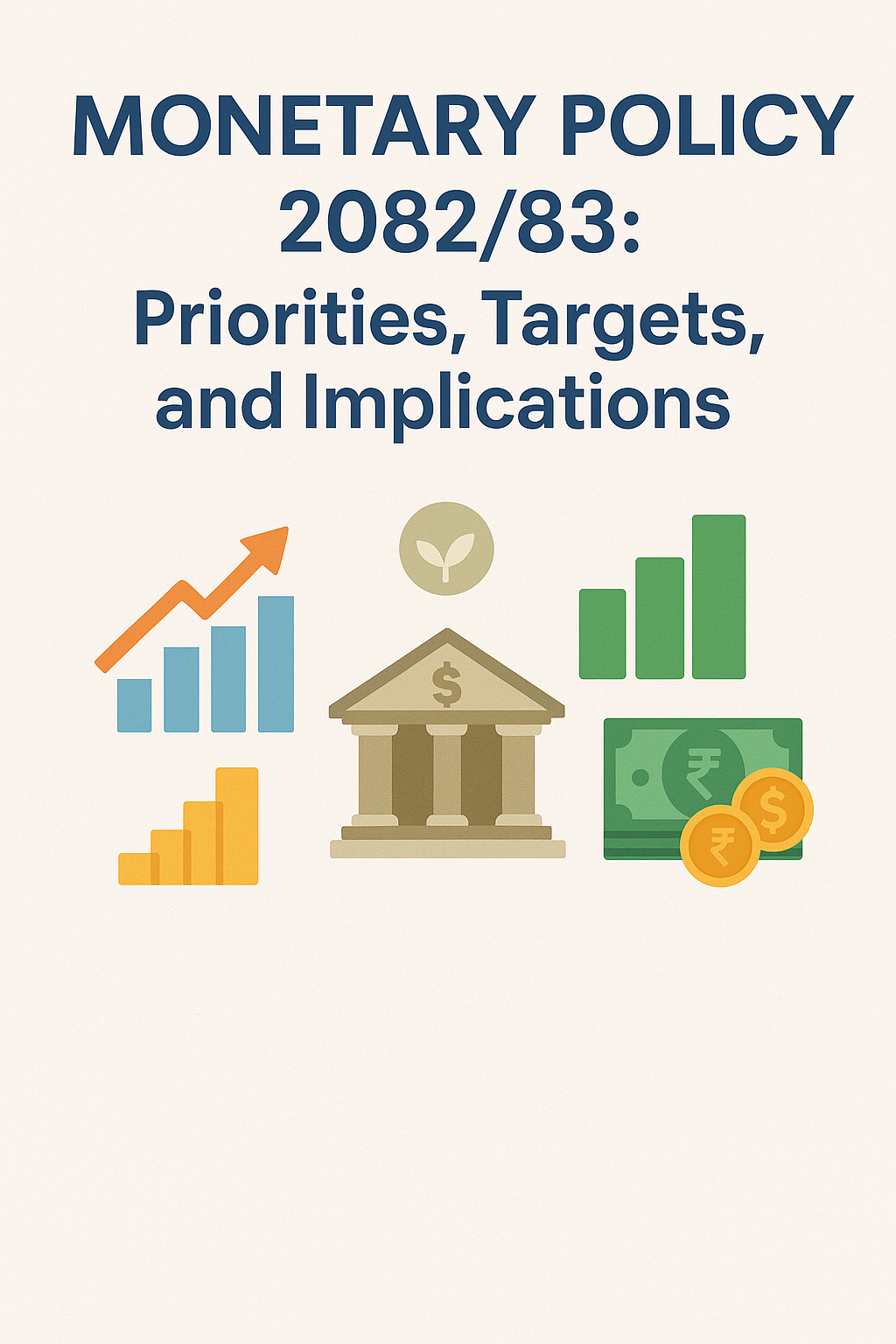
Economics
Reading time : 8 mins
Monetary Policy 2082/83: Priorities, Targets, and Implications

Economics
Reading time : 3 mins
From Remittance to Returns: The Nepali Migrant’s Guide to IPO Investment
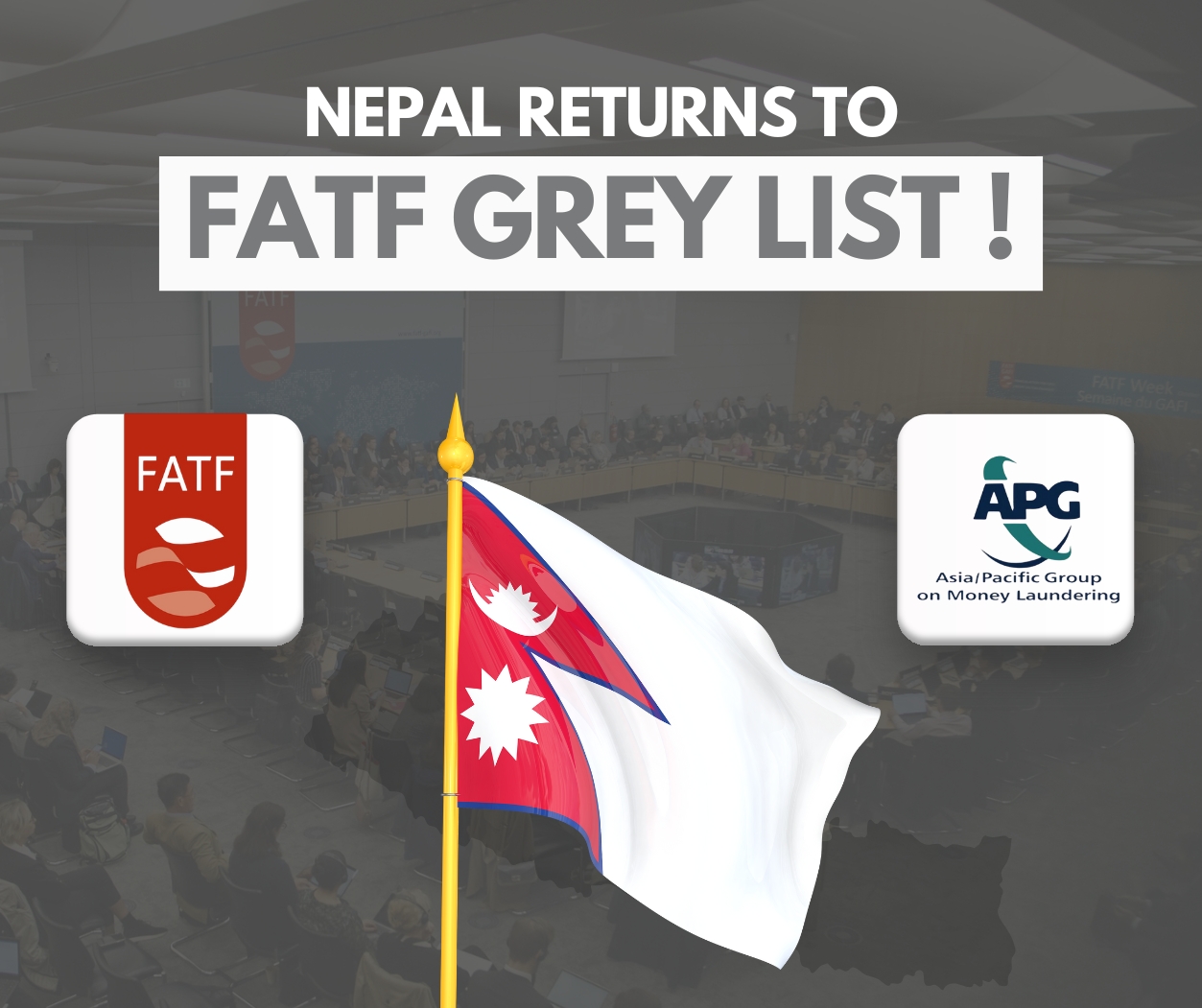
Economics
Reading time : 8 mins
Nepal Returns to FATF Grey List: What It Means and the Road Ahead
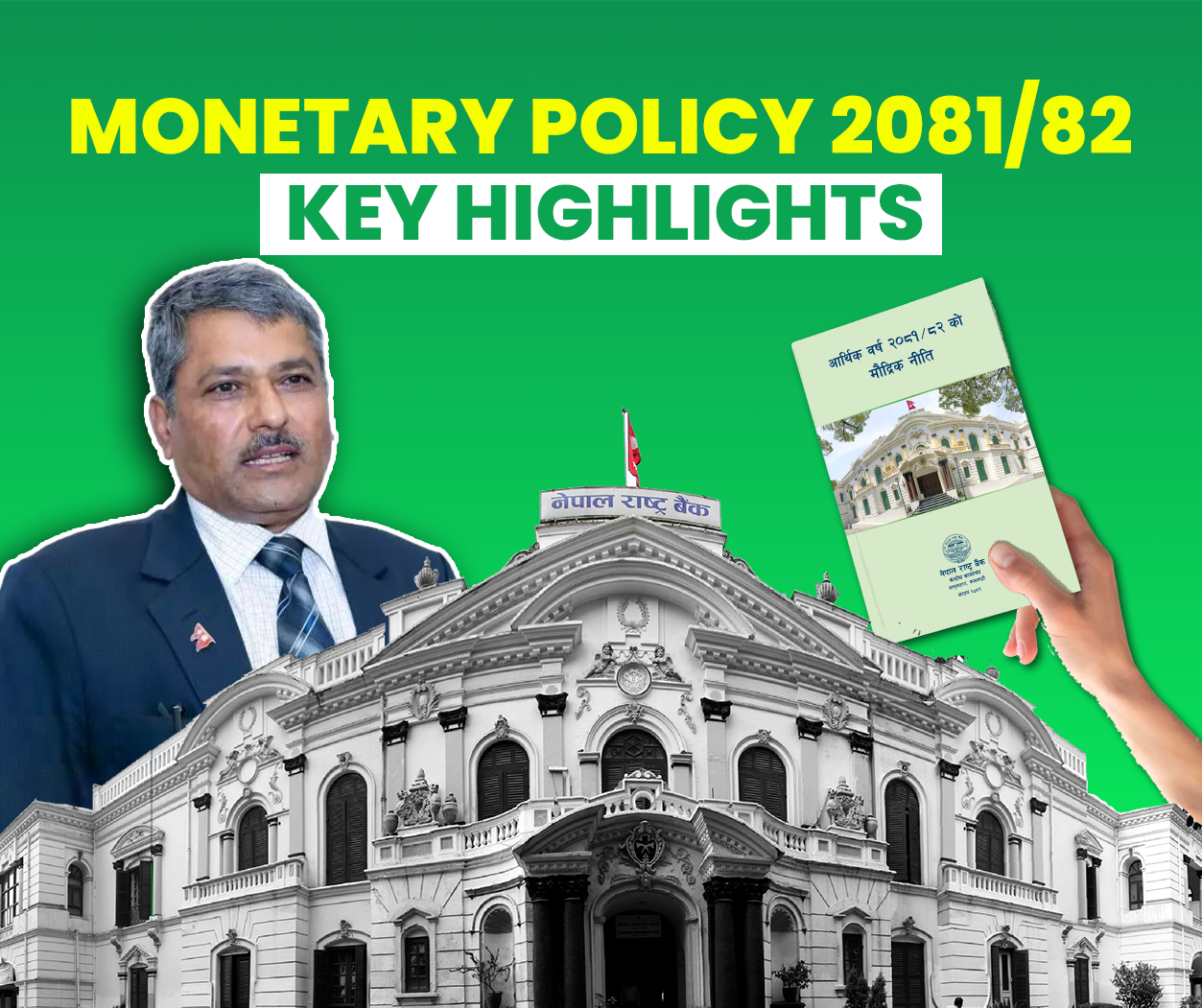
Economics
Reading time : 8 mins
Monetary Policy 2081/82: Key Adjustments and Their Economic Impacts

Economics
Reading time : 8 mins
राष्ट्र बैंक र मौद्रिक नीति

Economics
Reading time : 9 mins
आर्थिक बजेट २०८१/८२: भाषण मात्र की पुनरुत्थान पनि?
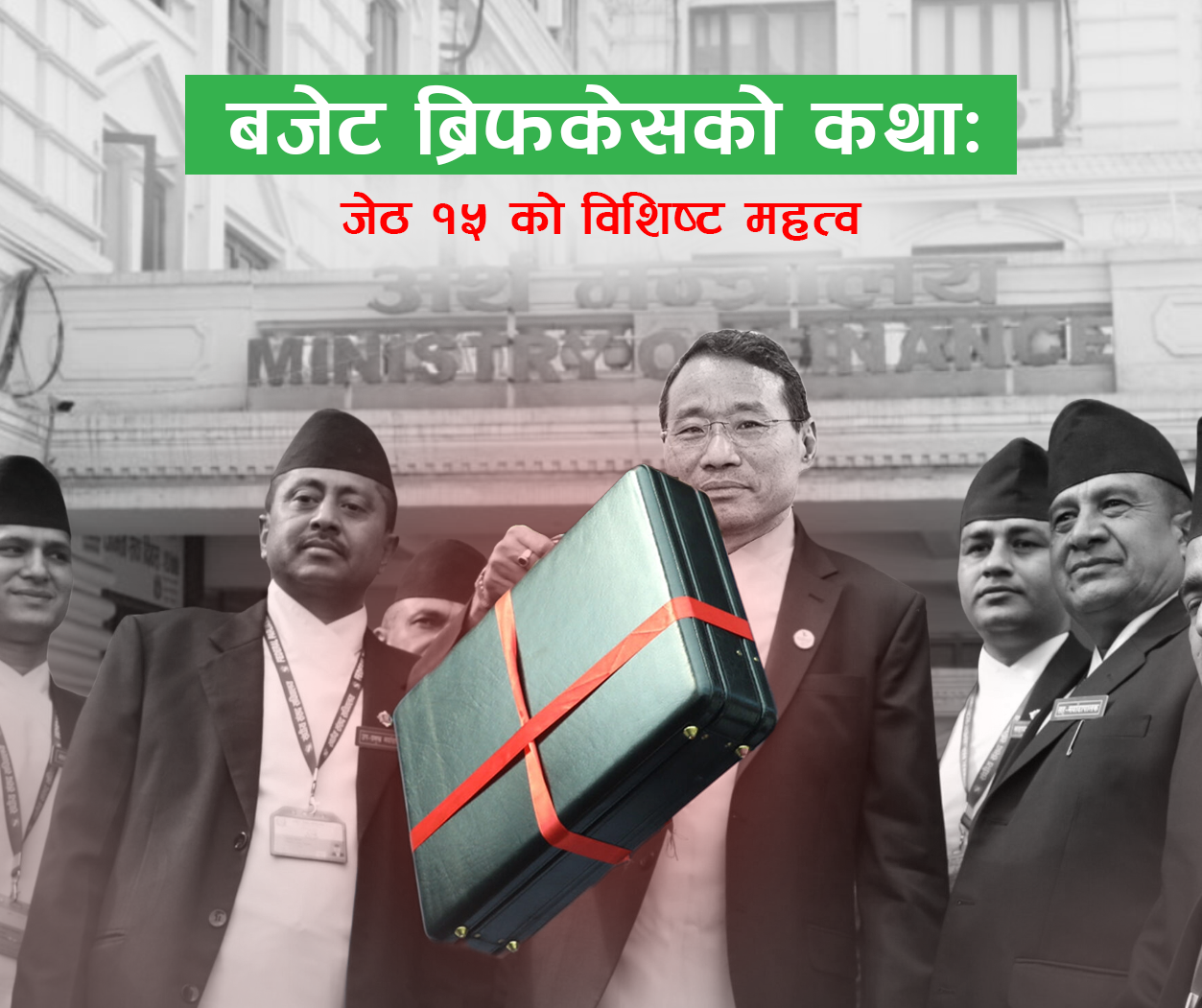
Economics
Reading time : 7 mins
बजेट ब्रिफकेसको कथा
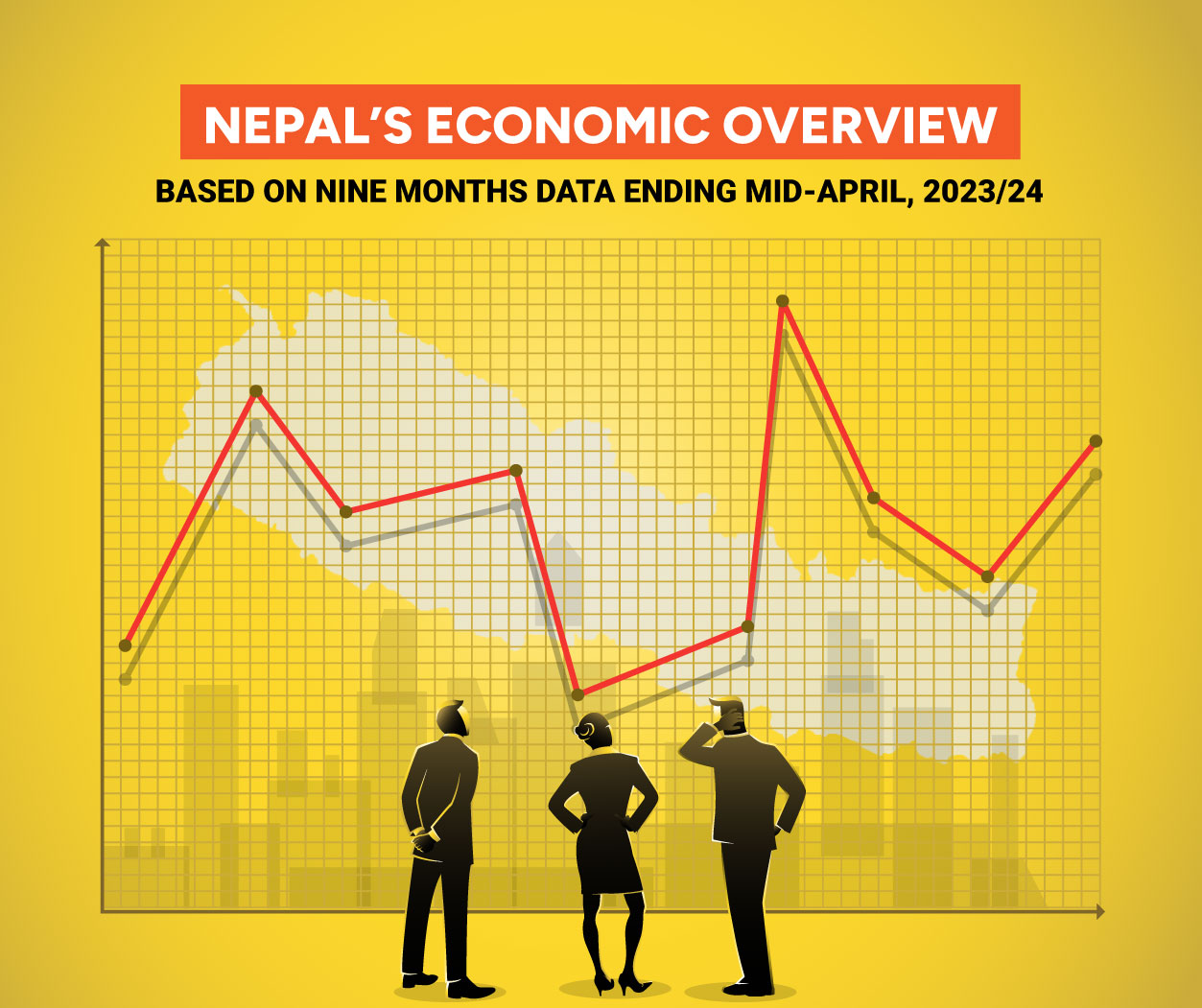
Economics
Reading time : 8 mins
Nepal's Economic Trends: Insights from the Nine-Month Report by Nepal Rastra Bank
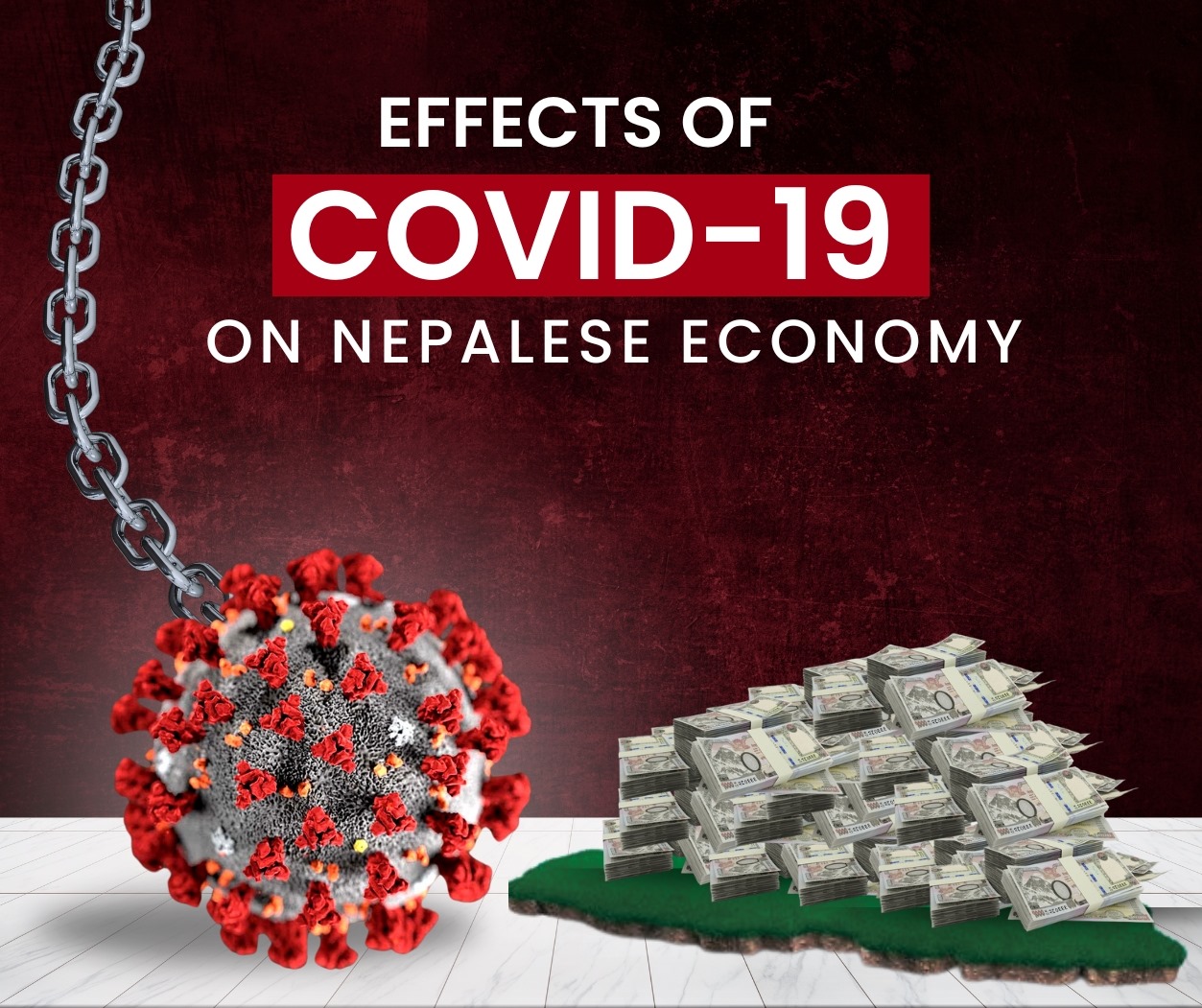
Economics
Reading time : 8 mins
Effects of Covid-19 on Nepalese Economy

Economics
Reading time : 7 mins
EVs in Nepal: Status, Sustainability and Challenges

Economics
Reading time : 8 mins
Understanding Our Economy: Highlights from Mid-January 2023/24 Data

Economics
Reading time : 9 mins
Digital Economy and FinTech in Nepal
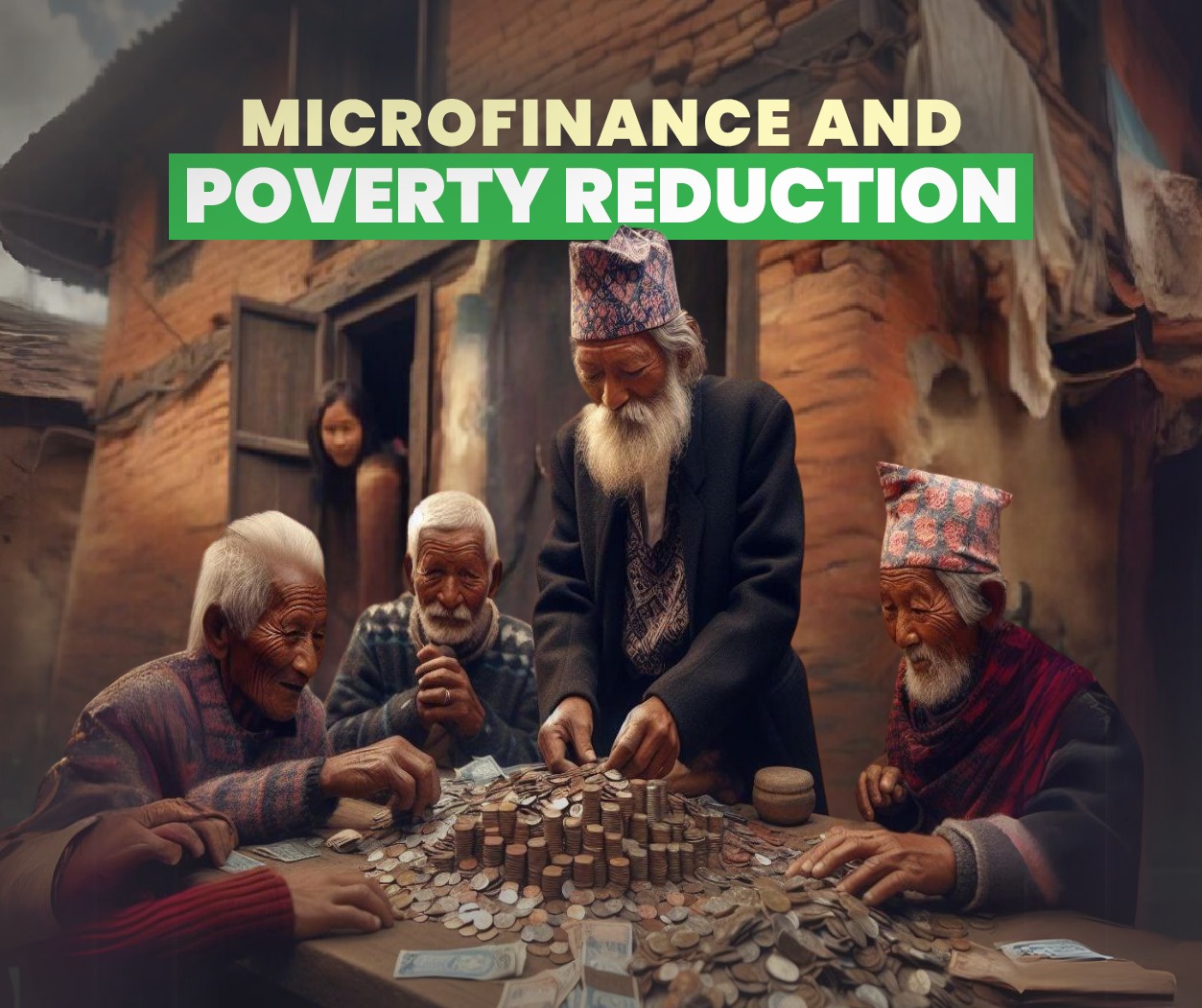
Economics
Reading time : 8 mins
Microfinance and Poverty Reduction

Economics
Reading time : 6 mins
Nepal's Trade Relations and Economic Diplomacy

Economics
Reading time : 6 mins
The Economic Influence of Tourism in Nepal

Economics
Reading time : 6 mins
The Endless Dance of Debt: Understanding the Dark Side of Finance

Economics
Reading time : 14 mins
Analyzing Economic Indicators: Are We Headed for a Recession?

Economics
Reading time : 10 mins
Inflation: Understanding the Basics

Economics
Reading time : 7 mins
How the Insurance Sector in Nepal is Evolving?
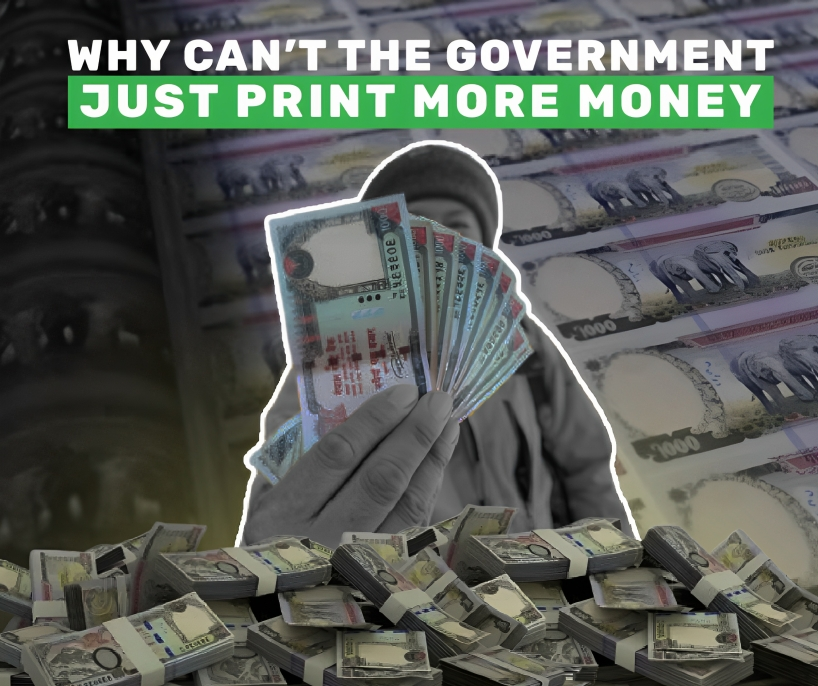
Economics
Reading time : 6 mins
Why Can the Government not Print More Money and Make Everyone Rich?

Economics
Reading time : 7 mins
India's Rice Export Ban and the Potential Global Threat
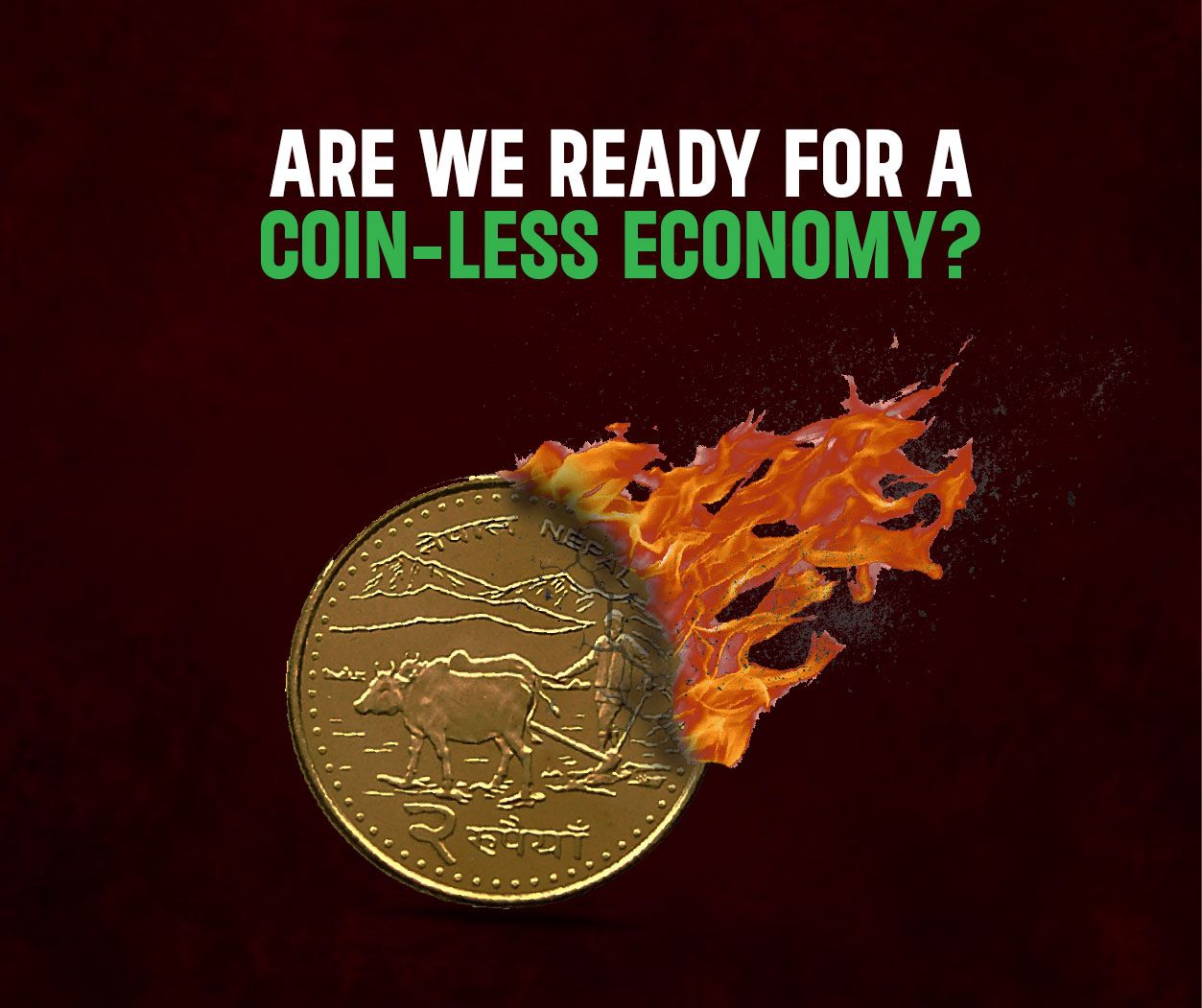
Economics
Reading time : 13 mins
Are We Ready for a Coin-Less Economy?

Economics
Reading time : 6 mins
Cement Industry in Nepal: An Overview

Economics
Reading time : 12 mins
Major Highlights of Monetary Policy 2080/81
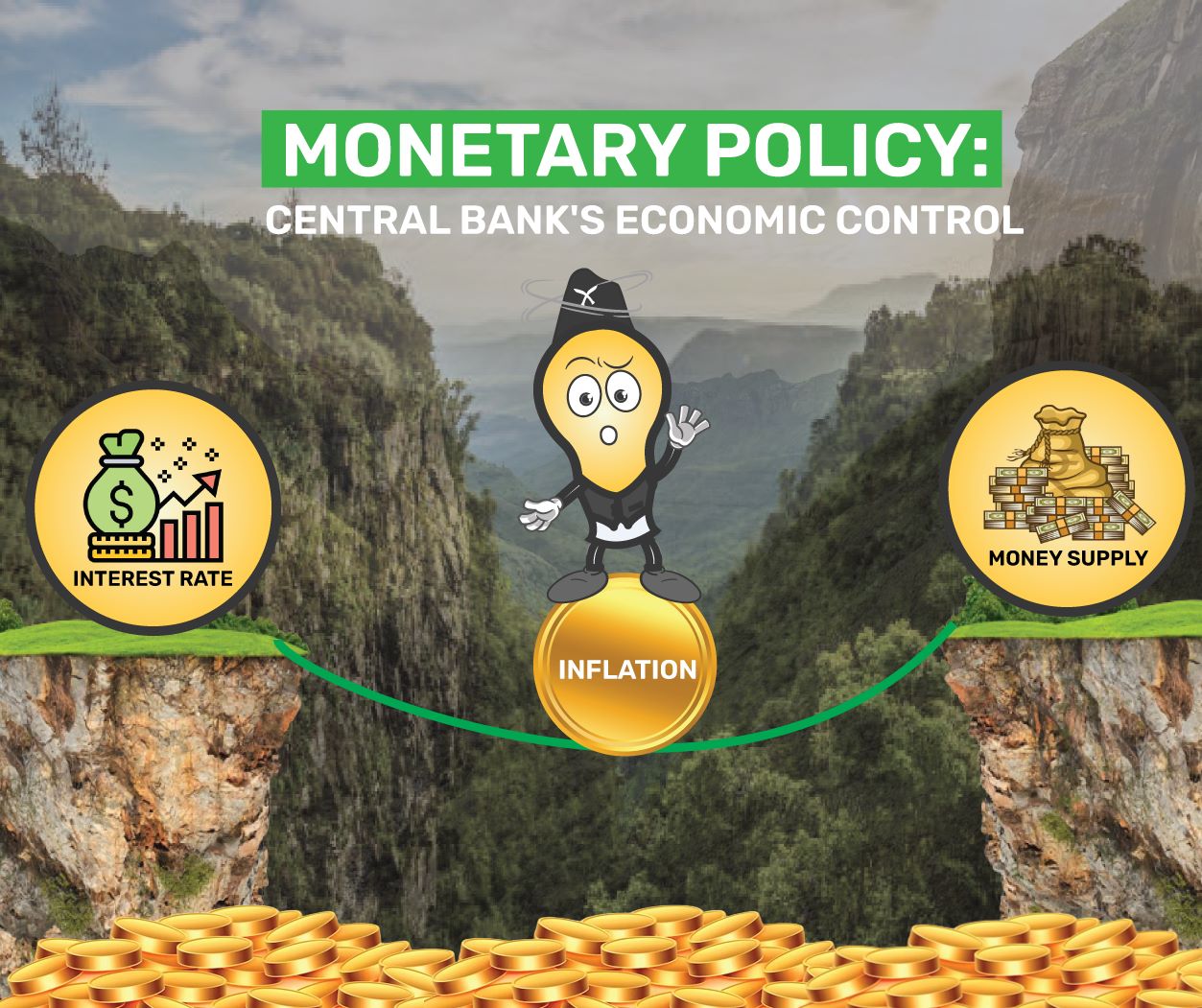
Economics
Reading time : 11 mins
Simplifying Monetary Policy: How Central Banks Regulate the Economy
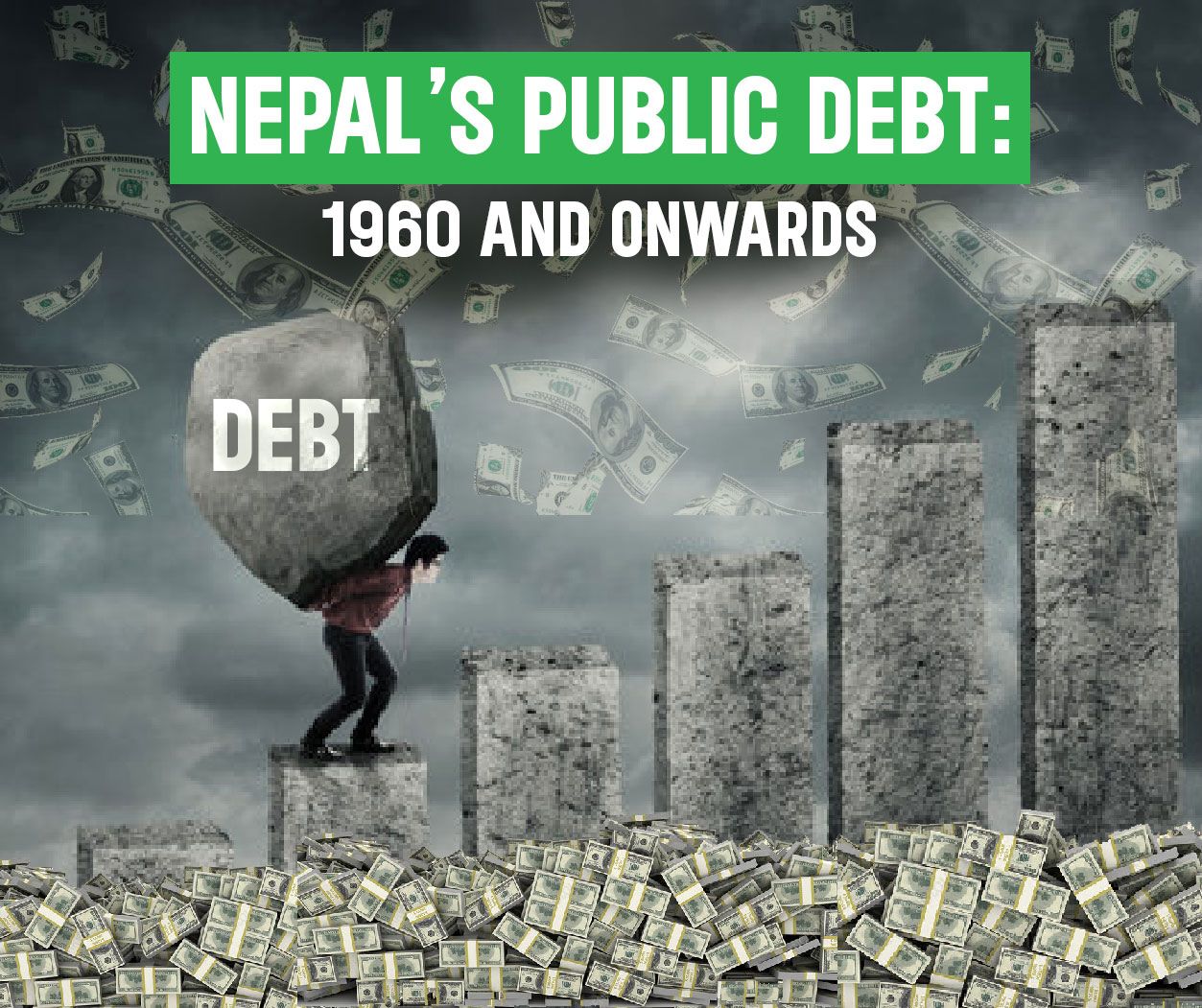
Economics
Reading time : 7 mins
Nepal’s Public Debt: 1960 and onwards
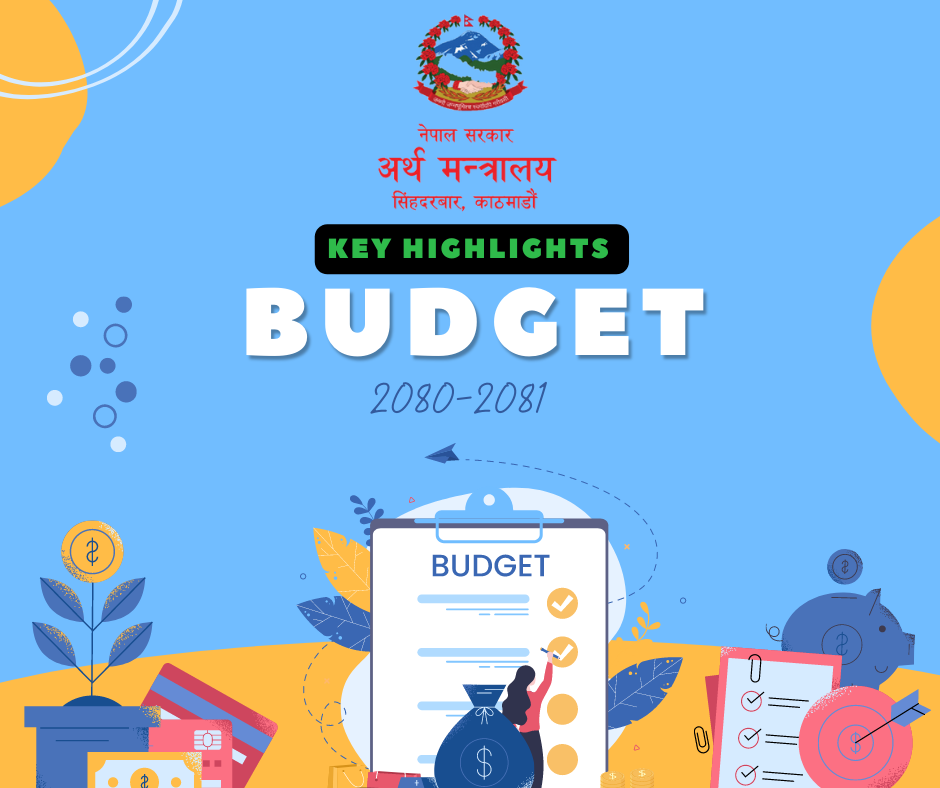
Economics
Reading time : 9 mins
The Highlights of Budget 2080-2081
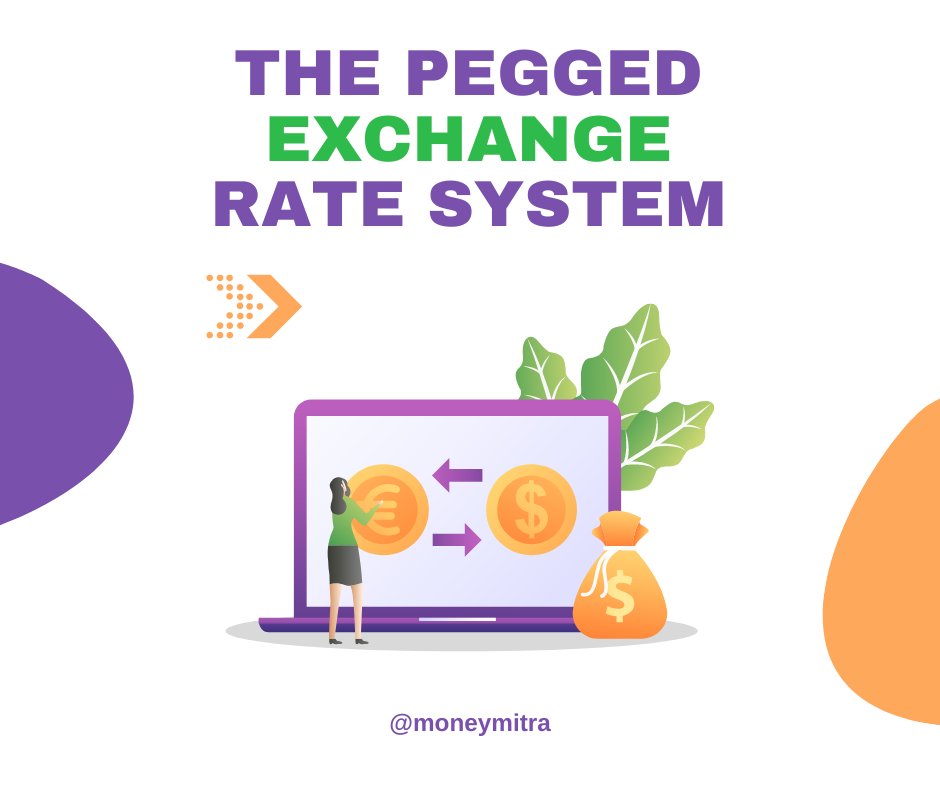
Economics
Reading time : 4 mins
The Pegged Currency System: A Close Look at the Nepalese Currency Pegged to the Indian Rupee
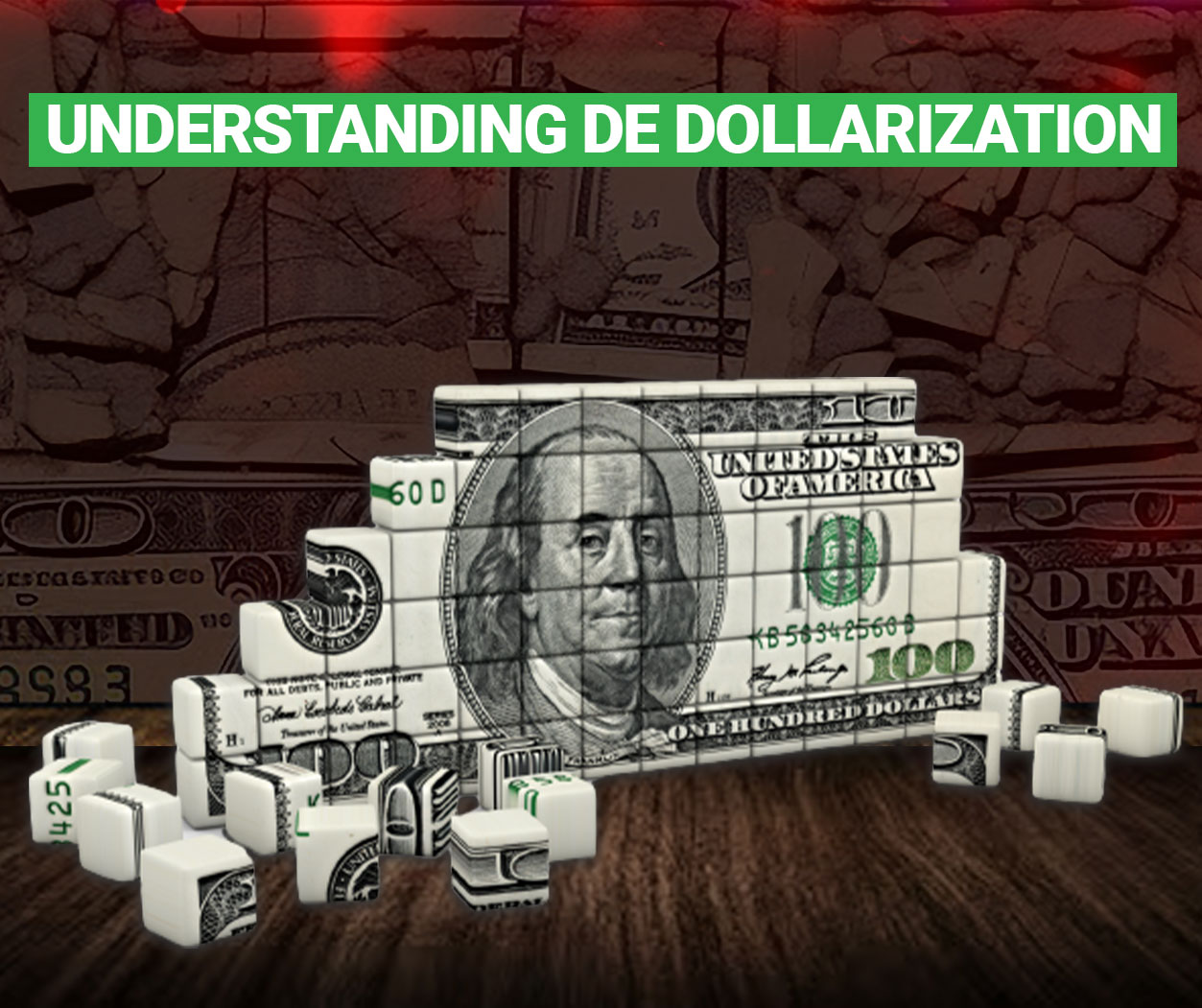
Economics
Reading time : 8 mins
Understanding De-Dollarization: Is the supremacy of the US dollar as the global currency at risk?

